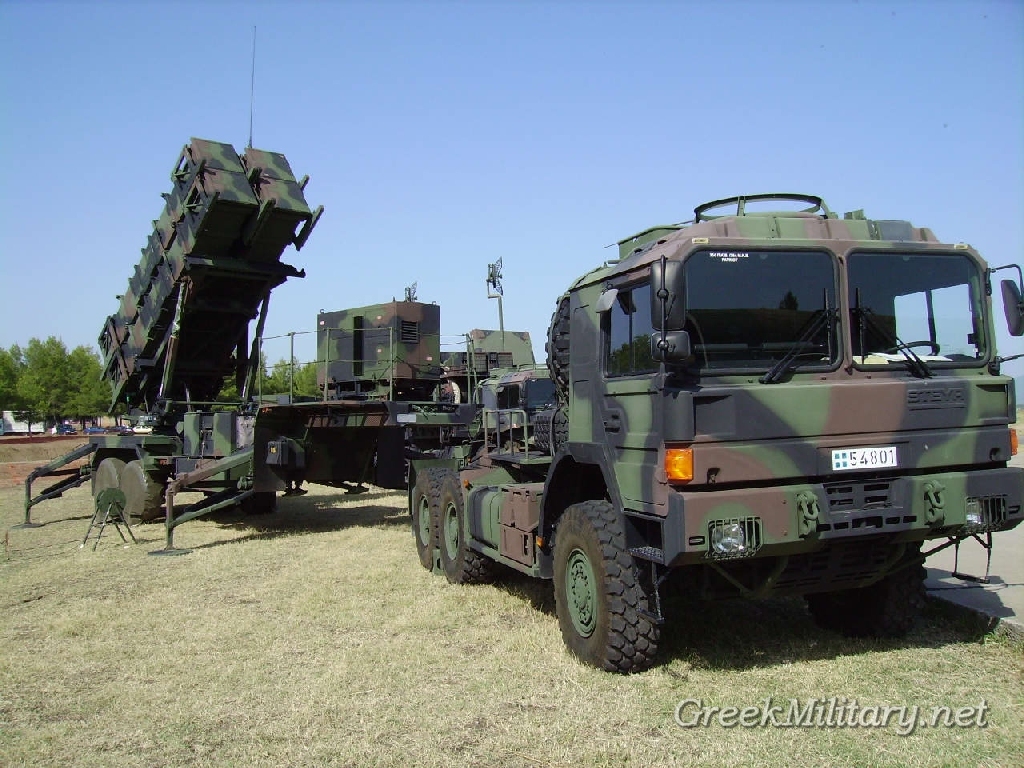By ERIC GERSHON
Hungry for helicopters, governments worldwide have flooded aircraft makers with orders worth a king's ransom.Demand from the United States military alone has put Connecticut's Sikorsky Aircraft in contention to become the world's biggest helicopter maker, generating related work for its suppliers — among them, Kaman Corp. of Bloomfield, which makes cockpits for the famed Black Hawk and Seahawk lines.
Even as Kaman churns out parts for Sikorsky and anticipates other big projects, however, the company is struggling to resell a batch of its own helicopters, 11 sophisticated, just-barely secondhand SH-2G Super Seasprites. Today, ten of the submarine-hunting aircraft rest side by side in a warehouse on Kaman's 200-acre Bloomfield campus, their 44-foot main rotors stowed in airtight canisters and other parts packed and neatly stacked beside them. (The 11th, a demonstration aircraft, is kept elsewhere on the campus.)
"They're available now," Neal Keating, Kaman's chief executive, said last week.It's a rare case in which a global aerospace supplier is marketing the same military equipment a second time — after the government of Australia backed out of a long-sealed deal — and can offer it almost immediately.Sal Bordonaro, president of Kaman's helicopters division, put the price at "one-third the cost of a comparable aircraft." Industry analysts estimate a resale price in a range of $8 million to $15 million.
The Australians paid about $600 million for the aircraft, including spare parts, a flight simulator, service support and other materials. But after a long dispute, Australia reached a settlement in early 2008 to return all 11 aircraft — without recouping much of its investment.The aircraft themselves were originally valued at $40 million each, including software development costs, according to Kaman."Fifteen million would be a heck of a bargain, " said Mark Bobbi, an aerospace analyst in Florida.
Intended to operate from ships, the twin-engine Super Seasprites can be equipped with missiles, torpedoes, depth charges and machine guns, and can carry up to six passengers. Designed for maritime surveillance, submarine warfare, search-and-rescue missions and other naval operations, they fly at a top speed of 173 mph. Advanced touch-screen controls enable two people to operate the aircraft, down from three for a traditional Seasprite.
One full-motion flight simulator is also available.In all, Kaman says it lost — and has already written off — about $100 million on the program.The company remains solidly profitable, and its financial health does not depend on a resale. (For its fiscal third quarter ended Oct. 2, the company reported operating earnings of $14.7 million.) But reselling the Super Seasprites could help the company save some face after the failed Australia deal, one that Teal Group, a Virgina-based aerospace consultant, called "disastrous."
"Any time you have a program that is terminated, there's still some stigma associated with it," said Keating, the Kaman CEO.So Kaman, which remanufactures but has not lately made and sold new helicopters, continues to scour the earth for a nation eager to buy its souped-up Seasprites. The aircraft are descendants of a helicopter first manufactured in the 1960s that Teal Group has called "a legendary rotorcraft."
Reselling them hasn't proved easy, and it could take several more years. Navies haven't been burning through helicopters as fast as land-based forces. And 11 helicopters is a small lot for buyers looking for decades of use."Somebody who already has an existing fleet — that's exactly what you want," Teal Group analyst Richard Aboulafia said of Kaman's best option.
There are three current users — Egypt, New Zealand and Poland, which together operate 18. Kaman executives said they're focused on them and three other unnamed potential buyers, but also marketing to a broader group that includes NATO and undisclosed nations in South Asia, South America and Eastern Europe. Kaman is now overhauling Egypt's fleet of nine.Australia complained that Kaman failed to deliver the aircraft's advanced software systems on schedule. Kaman acknowledges this, attributing the delay to a subcontractor, and says the work has since been completed.
The company denies that the aircraft were ever unsafe, as some in Australia alleged, and Kaman said the U.S. military operated an earlier version for decades without any serious problems. The company also pointed out that Australia never acquired the type of naval ships that were to serve as the Seasprites' platform.As part of the 2008 settlement, Kaman forgave more than $30 million that Australia still owed, and promised to pay the nation about $25 million regardless of whether Kaman is able to resell the aircraft.
Kaman took a Seasprite to the Black Sea Defense and Aerospace Exhibition and Conference in Bucharest, Romania, in the fall of 2008 to advertise its availability, and has since entertained potential buyers in Bloomfield for test flights.There's no binding deal yet, but Bordonaro said he's years away from selling them for scrap."We have always believed that re-marketing the SH-2G(I)s as a cost-effective, highly capable solution to foreign militaries would be a multiyear effort," he said.



+FormationLiaoning+escort+group+4+incl.+subs+Type+052D+Guided+Missile+Destroyer,+Type+052C+,+Peoples+Liberation+Army+Navy+5+Type+052C+Type+052D+destroyers+(7).jpg)
























+In+Indian+Armed+Forces..jpg)







